-
- Phone: +91 9873675505, 9891275505
- Email: sales@eepltours.com
About Leh Ladakh
Leh - Ladakh is the northern province of India which has become and Union Territory recently on 31 October 2019, covering approximately 60,000 square miles (100,000 sq. km). It has two district Kargil and Leh with a total population of approx 3 Lakh. It is surrounded and bisected by some of the highest mountain ranges in the world. Running in a generally northwest to southeast direction through Ladakh, the great Himalayan Range separates the Vale of Kashmir from Ladakh.
The first inhabitants of Ladakh are thought to have been a mixture of nomadic herds men from the Tibetan Plateau and a small contingent of early Buddhist refugees from northern India called the Mons. Sometime in the fourth or fifth centuries, these two groups were joined by the Dards, a tribe of Indo-Aryan origin who migrated southeast along the Indus Valley, bringing with them irrigation and settled agriculture.
The first independent kingdom in the region was established in the 9th century by the maverick novel man Nyima Gon, taking advantage of the Chaos after the collapse of the Guge Empire of the western Tibet. Buddhism, meanwhile, had also found its way across the Himalayas from India. Disseminated by the wondering sage- Apostles such as Padmasambhava (Alias" Guru Rimpoche"), Dharma gradually displaced the pantheistic shamanism of the Bon Cult ( which still holds away in remote villages north of Khalsi, near Lamayuru). The east word expansion of the faith towards Tibetan plateau continued in the 10th and 11th centuries- the period later dove the " Second Spreading ". among its key proselytizers was the " great translator" Rinchen Zangpo, scholar and missionary associated with the foundation of numerous monasteries in Ladakh and in neighboring Spiti.
Around the 14th century, Ladakh passed through a dark age during which, for reasons that remain unclear, its rulers switched allegiances from Indian to Tibetan Buddhism, a form of the faith deeply invested with esoteric practice drawn from the Tantra texts, and possibly influenced by the animated celebrations common to born. This coincided with the rise to prominence in Tibet of Tsongkhapa, who is accepted as founder of the Gelug-pa or " yellow hat" school. With the Dalai Lama at its head, Gulek-pa is today the most popular school in Ladakh with many more monasteries than sects, such as Kagyu, which is closely linked with Milarepa, a tantric practitioner (11th -century) whose ideas and sonnets have stuck with many Ladakhi Buddhist. Under Tashi Namgyal ( 1555-70) , who re-unified the kingdom, Ladakh became a major Himalayan power and the ascent to the thrown of the "lion" Sengge Namgyal, in the 17th century, signaled further territorial gains. After being routed by the Mogul-Balti army and Bodh Kharbu in 1639, he turned his energies to civil and religious matters, founding a new capital and palace at Leh, as well as a string of monasteries that included Hemis, seat of the newly arrived Brugpa sect, a branch of Kagyu school.
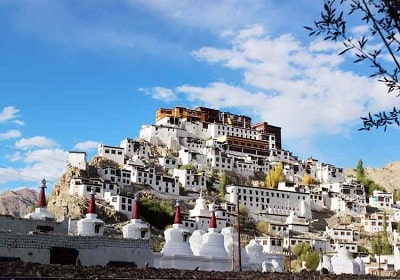
LEH KHARDONGLA PASS TOUR
3 Night 4 Days
Destination Covered: Leh |
khardungla pass |
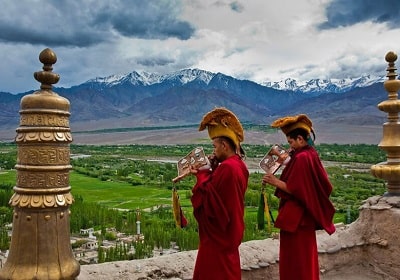
NUBRA KHARDUNGLA PASS TOUR
6 Night 7 Days
Destination Covered: Leh | nubra |
khardungla pass |
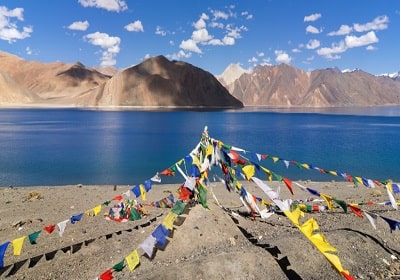
PANGONG KHARDUNGLA PASS TOUR
5 Night 6 Days
Destination Covered: Leh | Pangong
Lake | khardungla pass |
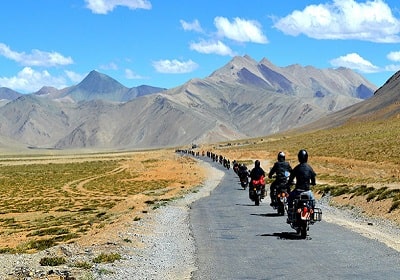
BIKE TOUR PACKAGE
5 Night 6 Days
Destination Covered: Leh | Aryan Valley |
Shashi La |
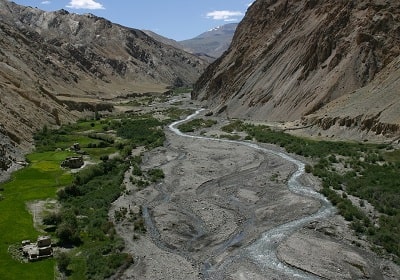
MARKHA VALLEY TREK
09 Night 10 Days
Leh – Chilling – Skiu – Markha - Hankar – Nimaling – Shangsumdo – Leh - Pangong
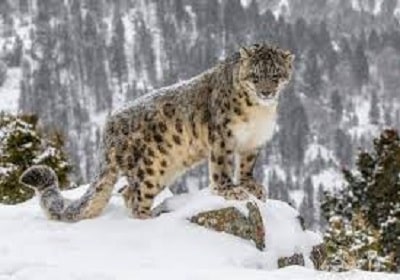
SNOW LEOPARD TREK
10 Night 11 Days
Leh - Hemis National Park - Rumbak - Zingchen - Leh
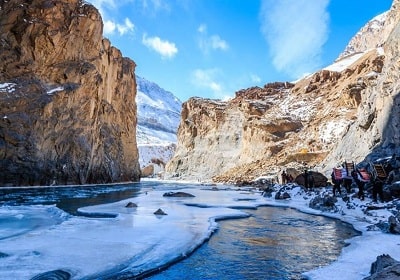
FROZEN RIVER TREK (CHADAR TREK)
12 Night 13 Days
Leh - Tilad Do - Gyalpo - Tibb Cave - Naerak - Leh
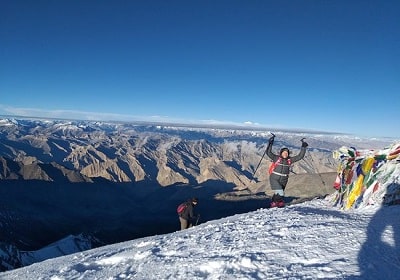
INDUS VALLEY TREK
5 Night 6 Days
Leh - Shey - Thiksey - Hemis - Likir - Yangthang - Hemis Shukpachan – Temisgang – Lamayuru - Leh
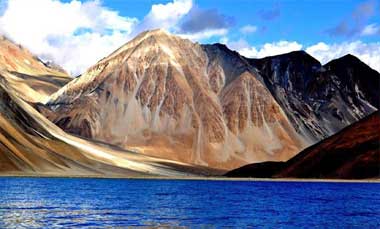
LADAKH GEOGRAPHY
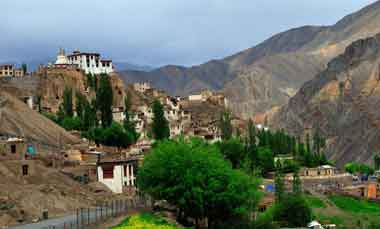
LADAKH HISTORY
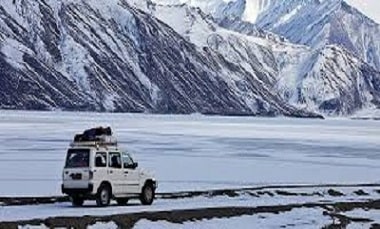
HOW TO REACH LADAKH
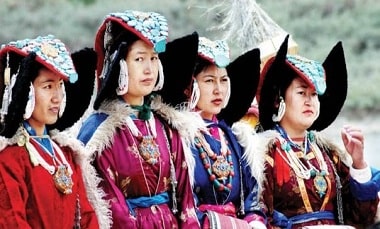
LADAKH PEOPLE
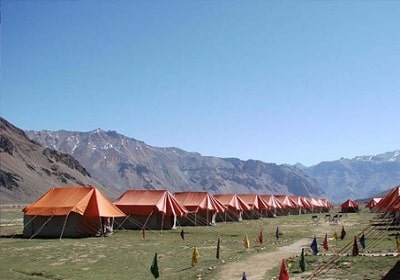
SARCHU
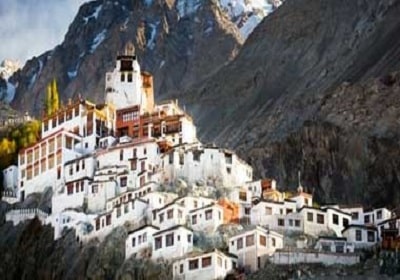
LEH
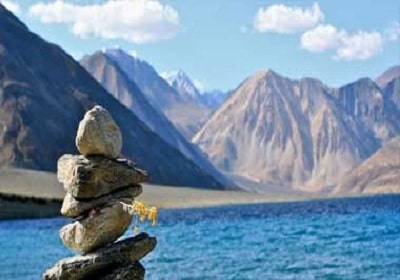
NUBRA VALLEY
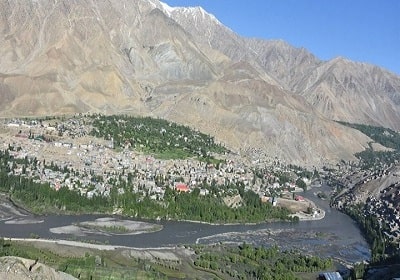
KARGIL
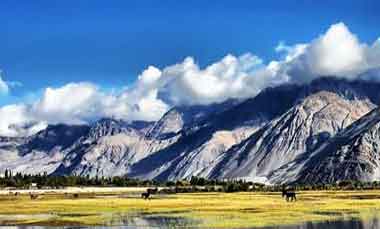
WEATHER IN LADAKH
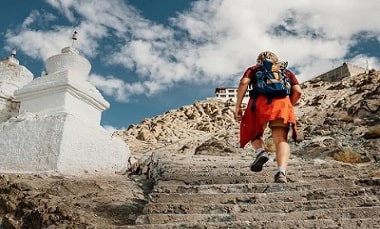
ACTIVITIES IN LADAKH
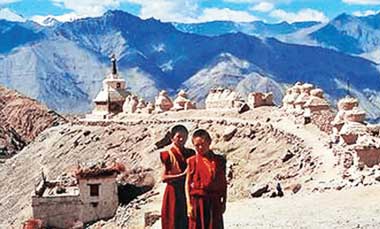
WHEN TO TRAVEL IN LADAKH
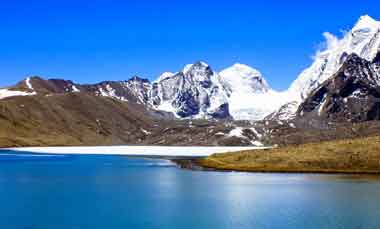
WHAT TO SEE IN LADAKH
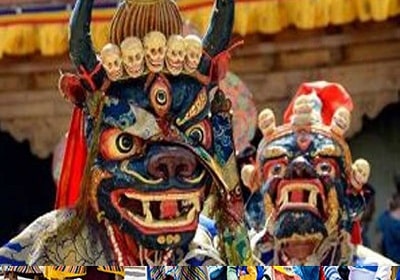
YURU KABGYAT FESTIVAL
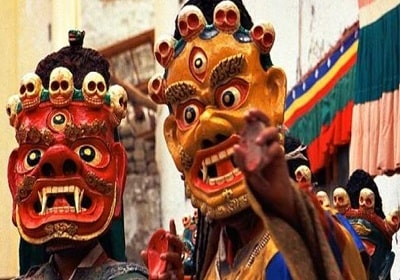
THIKSEY GUSTAR
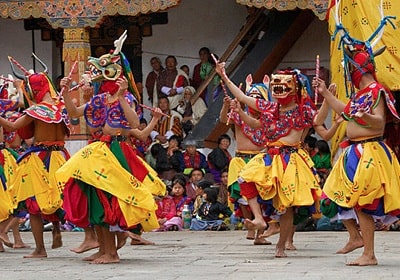
LOSAR FESTIVAL
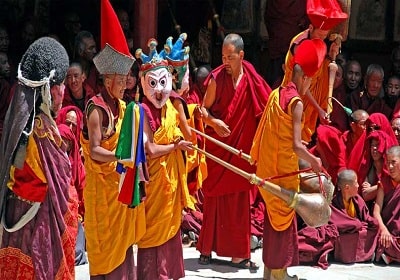
LADAKH HEMIS FESTIVA

Destination Covered: Leh | Pangong Lake | Alchi | Khardungla | Leh |

Destination Covered: Leh | Nubra Valley | Pangong Lake | Hemis | Thiksey | Leh |

Destination Covered: Chandigarh | Manali | Sarchu | Pangong Lake | Hemis | Thiksey | Khardongla | Nubra Valley | Leh |

Destination Covered: Kullu/Manali | Jispa/Billing | Sarchu | Leh | Nubra | Pangong | Leh | Sarchu | Kullu/Manali

Destination Covered:Chandigarh | Manali | Sarchu | Leh | Pangong Lake | Hemis | Thiksey | Khardongla | Nubra Valley | Alchi | Lamayuru | Kargil | Sonamarg | Srinagar |